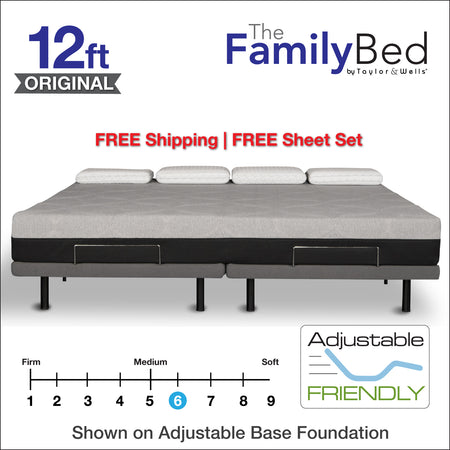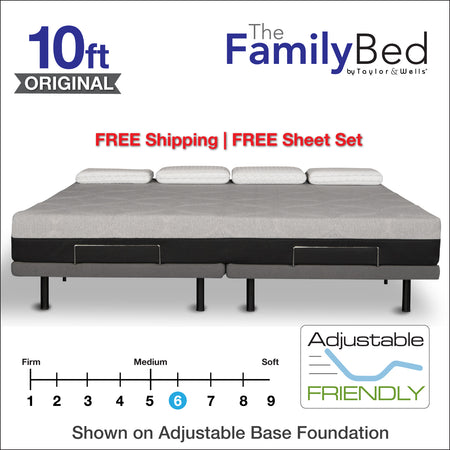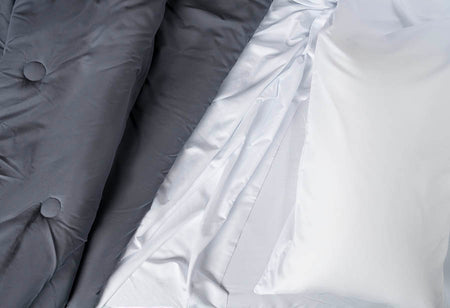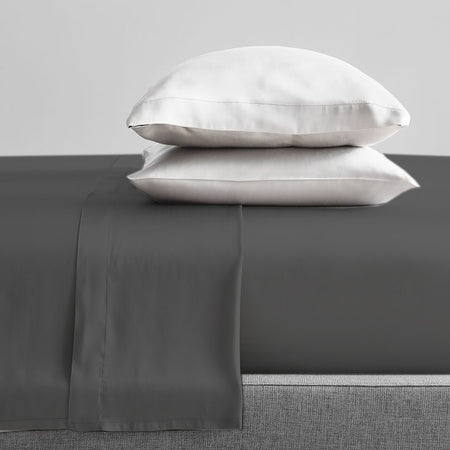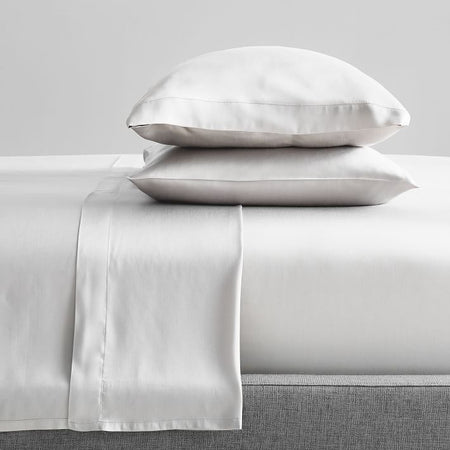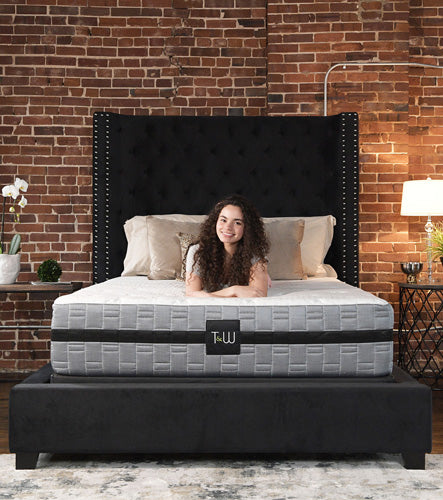Buying a new mattress is a major decision, the effects of which (good or bad) can last for many years. You want a comfortable mattress that will afford you a restful night's sleep for many years to come. Among the most popular types of mattresses are memory foam and innerspring mattresses, but how do the two compare, and which one is right for you?
What Is Memory Foam?
Memory foam is a viscoelastic material that was developed by NASA in the 1960s for use in airplane seats. Its name comes from the fact that it returns to its original shape after the pressure on it has been released. Memory foam is a soft material that was developed to absorb energy and distribute body weight evenly. Because of these qualities, memory foam was soon put to other uses. Eventually, it came to be used for mattresses made entirely out of memory foam.
What's So Great About a Memory Foam Mattress?
A mattress made of memory foam will last longer than an innerspring mattress, on average, and is more resistant to sagging over time. Memory foam is good for people with back trouble because of the support it provides. Because it is designed to distribute the body weight evenly, memory foam does not create pressure points on your body the way an innerspring mattress does, which leads to fewer position changes in the night. Memory foam also does not transfer motion, so your movements will not disturb your partner, and vice versa.
What Are the Potential Drawbacks of Memory Foam?
Memory foam is designed to absorb heat, so some find that their memory foam mattresses become too hot and uncomfortable. The density of the foam can make it heavy and cumbersome, and some report an unpleasant odor from their new mattress, though this typically dissipates with time. A memory foam mattress may be slightly more expensive initially than an innerspring, though its longevity ensures you will get your money's worth.



